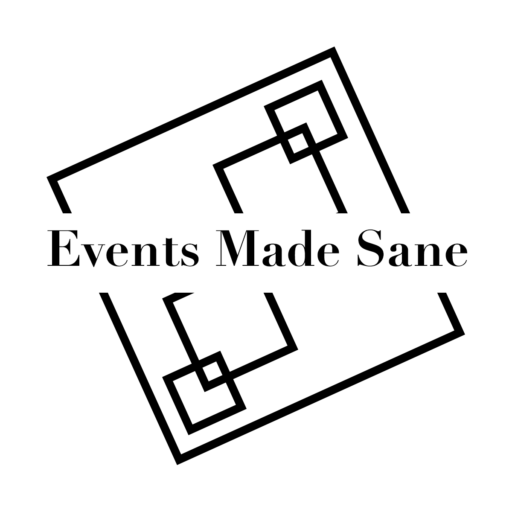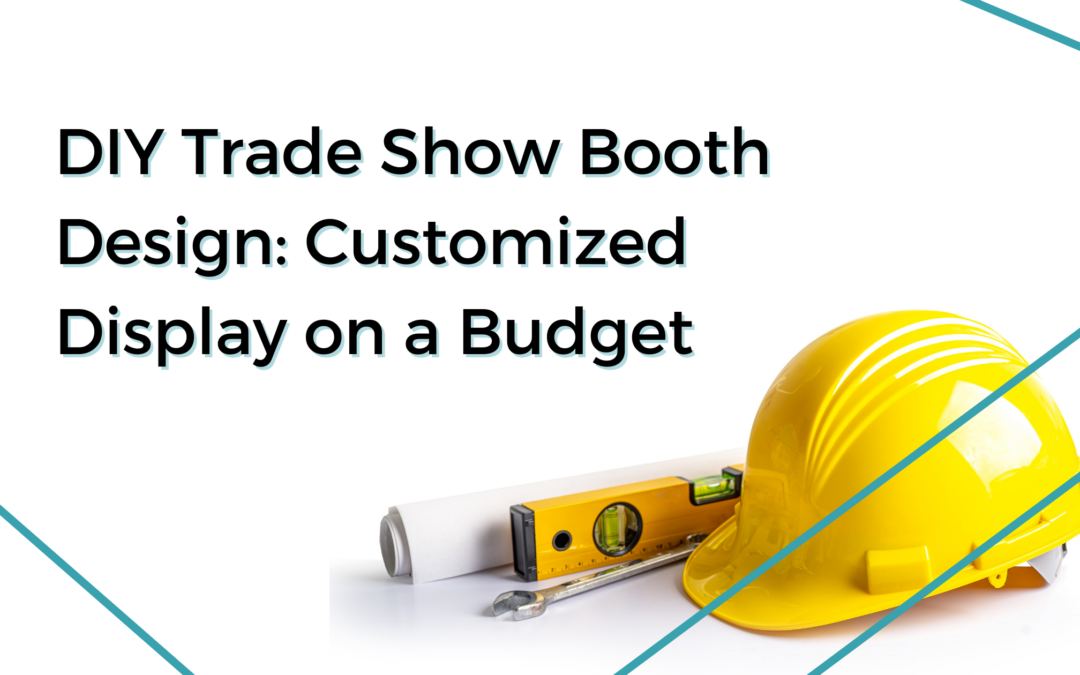Setting up a booth at events and exhibitions is a fantastic way to showcase your products or services, connect with potential customers, and boost brand visibility. However, creating an eye-catching booth doesn’t have to break the bank. With a bit of creativity and resourcefulness, you can design a customized display that stands out without exceeding your budget. Let’s explore DIY trade show booth design tips and tricks to help you create a visually appealing and memorable display for your next event.
1. Define Your Brand Identity
Before diving into the design process, it’s crucial to have a clear understanding of your brand identity. What message do you want to convey? What colors, fonts, and imagery represent your brand? By defining these elements, you can create a cohesive and consistent booth design that aligns with your overall brand image.
2. Repurpose and Recycle Materials
One of the most effective ways to stay within budget is to repurpose and recycle materials for your booth design. Look around your office or workshop for items that can be transformed into display elements. Wooden pallets, old furniture, or even discarded materials can be repurposed to create unique and environmentally friendly booth components.
One of my most successful 10 x 10 booths, we used products from our customers, even used their displays. We were able to created different levels on our table by using file boxes draped in white table cloths. This booth showcased the clients range of customers that they worked with, gave them free products to display in the booth, and allowed them to provide marketing for their customers as well.
3. Create a Focal Point
A well-designed booth should have a focal point that captures the attention of visitors. This could be a large banner, a striking product display, or a captivating visual element. By directing attention to a central feature, you make it easier for attendees to remember your booth and your brand.
A photo booth using a table and a ring light with a fun backdrop is very affordable. Eye catching graphics are another inexpensive way to create the focal point.
4. Utilize DIY Signage
Signage is a crucial aspect of booth design, and it doesn’t have to be expensive. Create your own signage using affordable materials like foam board, plywood, or even cardboard. Use large, bold fonts and vibrant colors to ensure your message is easily readable from a distance. Consider incorporating your logo and brand colors to maintain consistency with your overall branding.
5. Embrace Modular Design
Modular booth designs offer flexibility and cost-effectiveness. Create modular elements that can be rearranged or combined in different ways to suit various event spaces. This adaptability not only saves money but also allows you to customize your booth layout for different occasions.
6. DIY Lighting Solutions
Lighting can dramatically enhance the visual appeal of your booth. Instead of investing in expensive lighting fixtures, explore DIY lighting solutions. Use string lights, LED strips, or even repurpose household lamps to create a warm and inviting atmosphere. Experiment with different lighting angles to highlight specific areas of your booth.
Designing a booth on a budget doesn’t mean compromising on creativity or impact. By carefully planning, repurposing materials, and incorporating DIY elements, you can create a customized display that effectively communicates your brand message and attracts attention at events and exhibitions. Remember to stay true to your brand identity, focus on creating a focal point, and engage multiple senses to leave a lasting impression. With these tips and tricks, your DIY booth design can shine without breaking the bank.
Lead Retrieval Made Simple
Capturing, tracking, and nurturing leads at a trade show is more than just a stack of business cards or quick conversations. This is where lead retrieval comes in. Lead retrieval systems can help you engage with attendees, ensure no opportunity slips through the cracks, and, ultimately, drive sales. Here’s a quick guide to making lead retrieval simple and effective at trade shows.
What You Need to Know About Electricity in Your Trade Show Booth
Electricity is the lifeblood of any trade show booth, powering everything from lighting and displays to interactive demonstrations and charging stations. However, managing the electrical setup for your booth requires thoughtful planning and attention to detail. A misstep can result in equipment failure, safety hazards, or unnecessary costs. This guide will help you understand the key considerations for setting up electricity in your trade show booth effectively and safely.
Competitive Research at Trade Shows
Trade shows are powerful platforms for businesses to showcase their products and services while connecting with industry professionals but trade shows offer more than just networking opportunities. They present the perfect chance to conduct competitive research and gain valuable insights about competitors, trends, and customer behavior. Here are 3 easy things you can do to gain knowledge on your competition.




